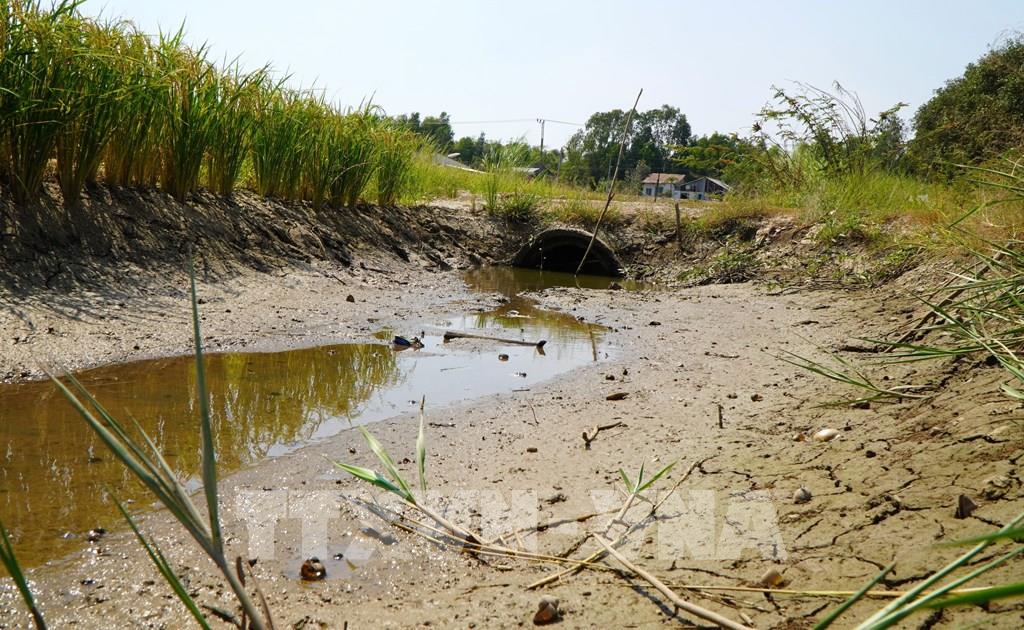HCMC – Salinity intrusion in Vietnam’s Mekong Delta is intensifying, with the Department of Irrigation and Water Resources noting a surge in recent months.
Despite the peak of saltwater intrusion in the 2023-2024 dry season passing, the phenomenon continues to escalate, particularly with the tidal cycles in early March.
Observations in March showed significant changes in water flow in the upper reaches of the Mekong River at the Kratie station in Cambodia, with fluctuations in water flow observed at the headwaters of the Mekong Delta in Tan Chau and Chau Doc, corresponding with tidal movements.
During the same period, the Mekong Delta recorded the highest level of salinity intrusion since the start of the dry season. Salinity levels peaked at four grams per liter at the river mouth, penetrating inland from 55 to 65 kilometers, surpassing the multi-year average.
In the southeastern region, reservoirs are at 56% of their design capacity on average, with Dong Nai Province reporting the lowest capacity at 32%, followed by Ba Ria–Vung Tau Province at 36%. Drought conditions were reported in Binh Phuoc Province, affecting 8,283 hectares of crops outside of irrigation infrastructure areas. One reservoir in Ba Ria–Vung Tau is currently below the dead storage level.
The ongoing situation, occurring amid the mid-to-late dry season and the harvest of the winter-spring rice crop, poses potential risks to agricultural production and daily activities in the region.
Provinces in the Mekong Delta are facing severe drought and salinity intrusion, resulting in significant economic losses, with some areas declaring natural disasters. Salinity levels along the Vam Co River have reached up to four grams per liter, intruding inland up to 85 to 90 kilometers.
Efforts to manage saline intrusion have been underway, but around 43,300 hectares of fruit trees and 20,500 hectares of rice fields in many provinces have already been affected.
While the water storage capacity in reservoirs in the southeastern region remains at around 48% of their design capacity, ongoing forecasts of hot weather and continued dry conditions raise concerns about potential drought and water shortages, affecting an estimated 8,000 to 11,000 hectares of crop.









